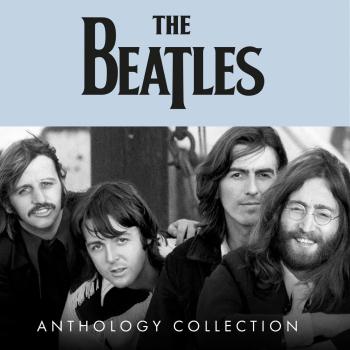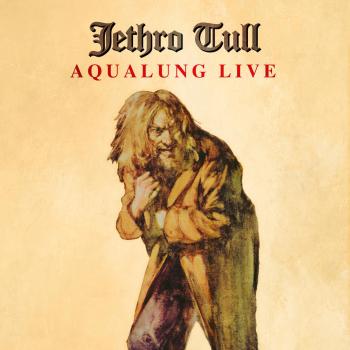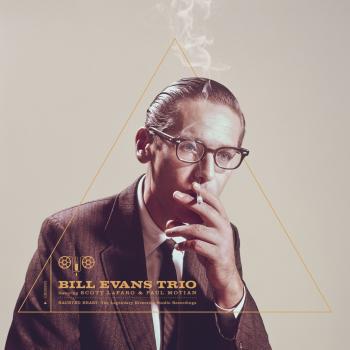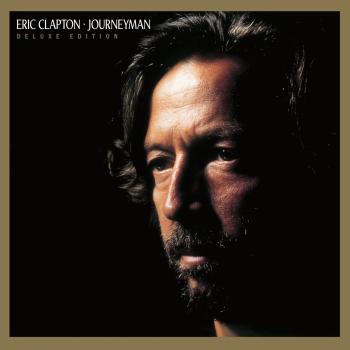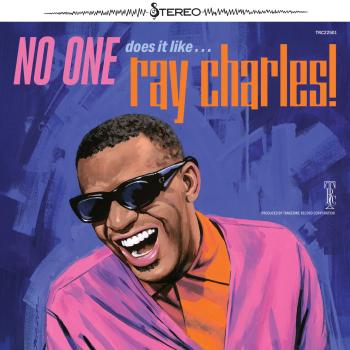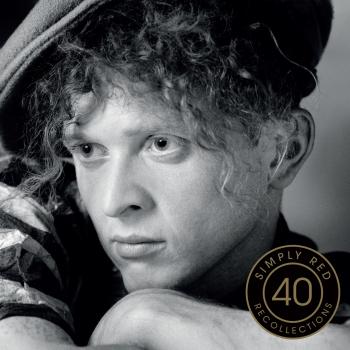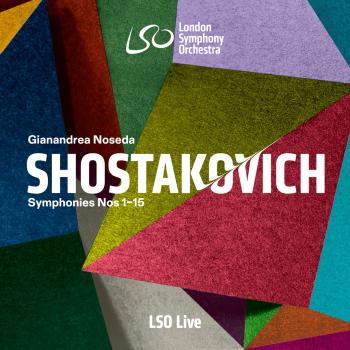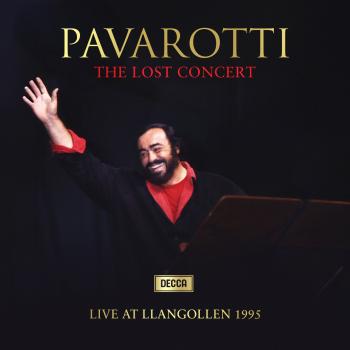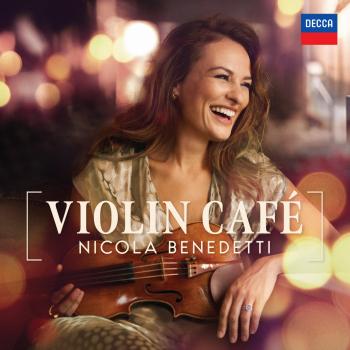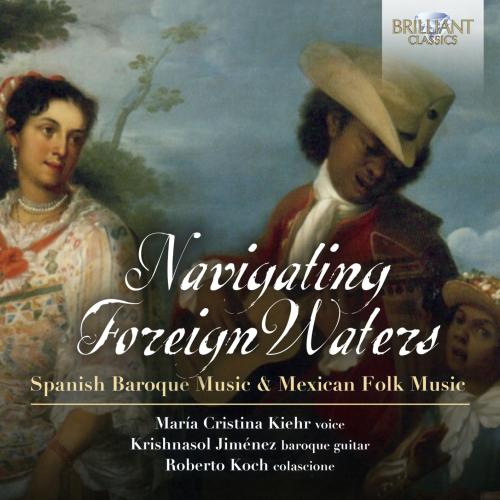
Navigating Foreign Waters: Spanish Baroque Music & Mexican Folk Music Maria Cristina Kiehr, Krishnasol Jiménez, Roberto Koch
Album info
Album-Release:
2021
HRA-Release:
28.05.2021
Label: Brilliant Classics
Genre: Classical
Subgenre: Vocal
Artist: Maria Cristina Kiehr, Krishnasol Jiménez, Roberto Koch
Composer: Santiago de Murcia (1673–1739), Gaspar Sanz (1640–1710)
Album including Album cover
- Gaspar Sanz (1640 - 1710):
- 1 Sanz: La bruja - Jácaras por la e 06:24
- Santiago de Murcia (1673 - 1739):
- 2 Murcia: La carretera - Cumbees 06:36
- 3 Murcia: Los juiles - Jácaras por la e 03:50
- 4 Murcia: Siquisiri - Jácaras de la Costa 04:04
- 5 Murcia: Los Chiles verdes - Tarantelas por la e 06:16
- 6 Murcia: La lloroncita - los Ympossibles 04:34
- 7 Murcia: María Chuchena - la Jotta 05:06
- 8 Murcia: El gallo - Folías Gallegas 05:07
- 9 Murcia: Fandanguito - Fandango 04:24
- 10 Murcia: Aguanieve - Zarambeques o Muecas 05:01
Info for Navigating Foreign Waters: Spanish Baroque Music & Mexican Folk Music
In this expert recording, singer Roberto Balconi and group Fantasyas approach Giulio Caccini’s (1551-1618) Le Nuove Musiche with a focus on authentic performance practice as specified in great detail by the composer himself in the preface to the work. Dated 1601 and published in 1602, Le Nuove Musiche contains madrigals and arias for solo voice with basso continuo accompaniment and is a seminal collection in the establishment of the new Baroque style of monody which broke with Renaissance practices in many significant ways. In the preface, Caccini exhorts the performers to honour the primacy of speech and speech rhythm. Balconi explains: ‘Monody is more about words and metre than singing, focusing on the declamation of the semantic, rhetorical and prosodic elements of the poetic text rather than constructing a melody.’ This was a departure from the combined voices of Renaissance counterpoint, a move towards solo poetic recitation with the nuance of music in service of the meaning. Caccini lays out guidelines for the retrained and appropriate use of the improvised ornamentation that was the vogue in his day but which he considered too often gratuitous and overly virtuosic at the expense of the music. He stresses these should be used judiciously so that the singer can ‘almost speak in harmony’, in other words recite the text more or less normally using music. In adhering assiduously to Caccini’s compositional concept, Balconi and Fantazyas create an authentic and powerfully moving document of the birth of monody, which not only inspired the invention of opera but changed the entire course of music history.
María Cristina Kiehr, voice
Krishnasol Jiménez, baroque guitar
Roberto Koch, colascione
María Cristina Kiehr
was born in Argentina where she received her early musical training. In 1983 she came to Europe and studied under René Jacobs at the Schola Cantorum Basiliensis with the aim of specialising in the Baroque repertoire. At the same time she took courses in vocal technique with Eva Krasnai. She is incontestably one of today’s leading vocal artists in the field of Baroque music and has appeared throughout the world in concerts and recordings with celebrated conductors, orchestras and ensembles like René Jacobs, Jordi Savall, Philippe Herreweghe, Frans Brüggen, Gustav Leonhardt, Nikolaus Harnoncourt, Konrad Junghänel, Concerto Vocale, La Fenice, Cantus Cölln, Ensemble Vocal Européen, Hespèrion XX, Elyma, Nederlands Kamerkoor, Concerto Köln, Ensemble 415, etc.
María Cristina Kiehr is particularly interested in early Baroque music. She is a co-founder of the ensemble “La Colombina”.
In 1988 she made her opera début in Innsbruck in Cavalli’s Giasone under René Jacobs. She has also sung in L’incoronazione di Poppea, Orontea, and Dido and Aeneas under René Jacobs, Dafne (Gagliano), L’Orfeo (Monteverdi) and Il ritorno d’Ulisse in patria (Monteverdi) under Gabriel Garrido.
Her extraordinarily rewarding collaboration with the harpsichordist and organist Jean-Marc Aymes led to the founding of the Concerto Soave ensemble which specializes in Italian music of the early baroque period. It is a concerto in the original sense of the term, i.e. a rich instrumental palette (composed of harpsichord, organ, arch lute, viola da gamba, harp…) accompanying a solo singer.
It has appeared at many leading festivals of early music: Utrecht, Ambronay, Pontoise, Simiane-la-Rotonde, Semaine Sainte en Arles, and in Montreux, Lausanne, Marseille, and Paris (Cité de la Musique).
This album contains no booklet.

